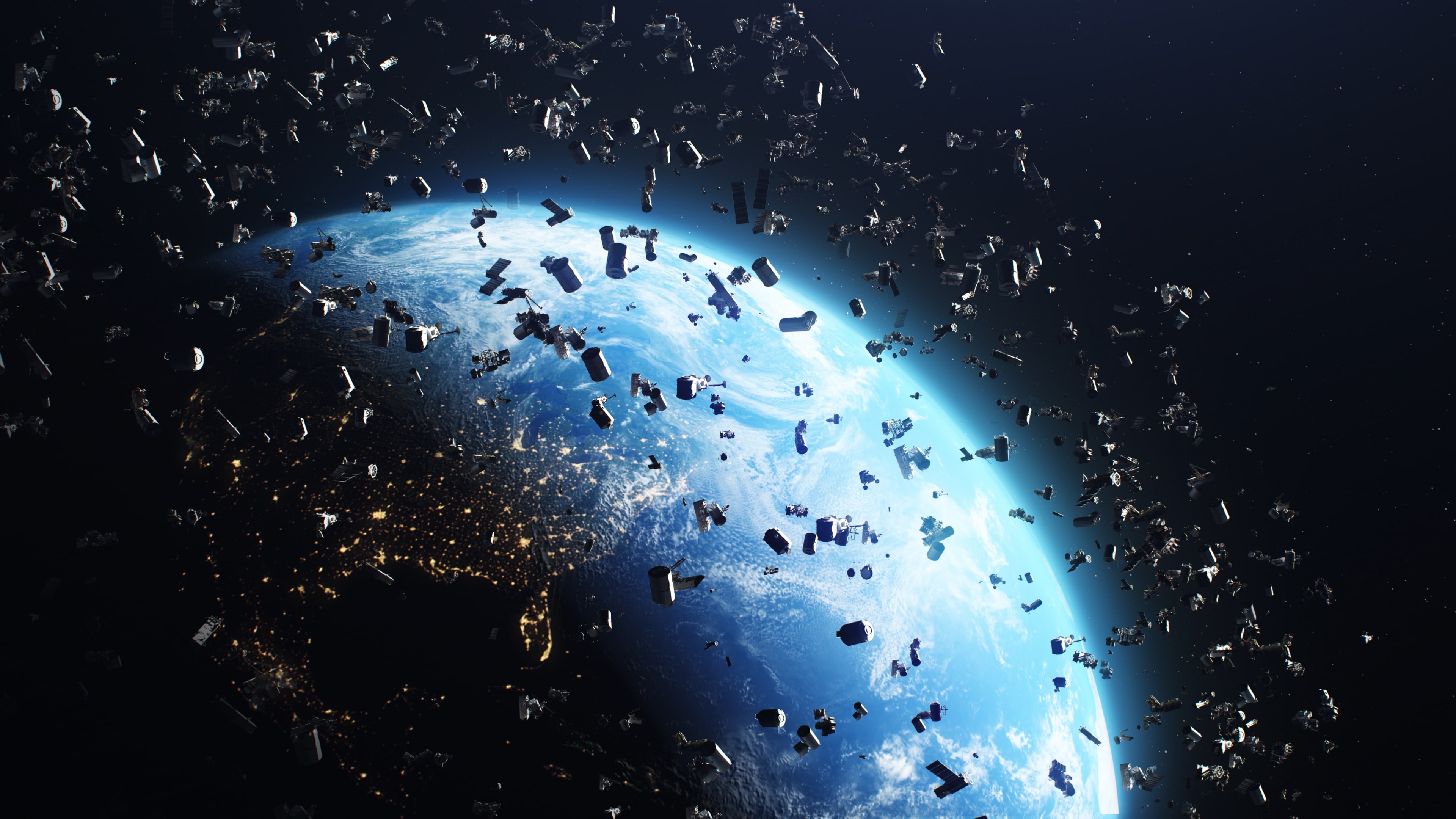
Falling space debris is posing an increased threat to the aviation and space flight industry, according to a new report by Scientific Reports.
The report says that while the probability of space junk striking an airplane is still relatively low, the risk of it occurring is on the rise because of the increased high density of aviation and space flights.
“Now that we have such growth in our use of outer space, a lot of the problems associated with that are coming to bear”, said Aaron Boley, an associate professor of physics and astronomy at the University of British Colombia and co-director of the Outer Space Institute, speaking to ABC News.
Boley estimated that there around 50,000 pieces of space junk, the size of a softball or larger, are floating near Earth. However, if this remit is extended to objects between one centimeter and half a millimeter, then this figure rises into the millions.
The research broke down the risks for airspace by tracking areas of high density of air traffic using 2023 data. Places like Vancouver, Seattle and the US Eastern seaboard had around a 25% chance each year of being disrupted by reentry into the atmosphere of falling space debris.
Considering space junk in the context of aviation safety standards was not properly formalised until the aftermath of the 2003 Columbia Space Shuttle Disaster, in which the spacecraft broke apart while reentering the atmosphere.
Since then, the industry has taken space debris into consideration. In 2022, Spain and France closed parts of their airspace after a 20-ton rocket body was about to reenter the atmosphere and subsequently plummeted into the Pacific Ocean. The closure delayed 645 aircraft for about 30 minutes and diverted some of the planes that were already in the air.
“This disruption is definitely happening, and it’s going to be happening more”, Boley said.

Related Articles
Aviation
Aviation
Aviation